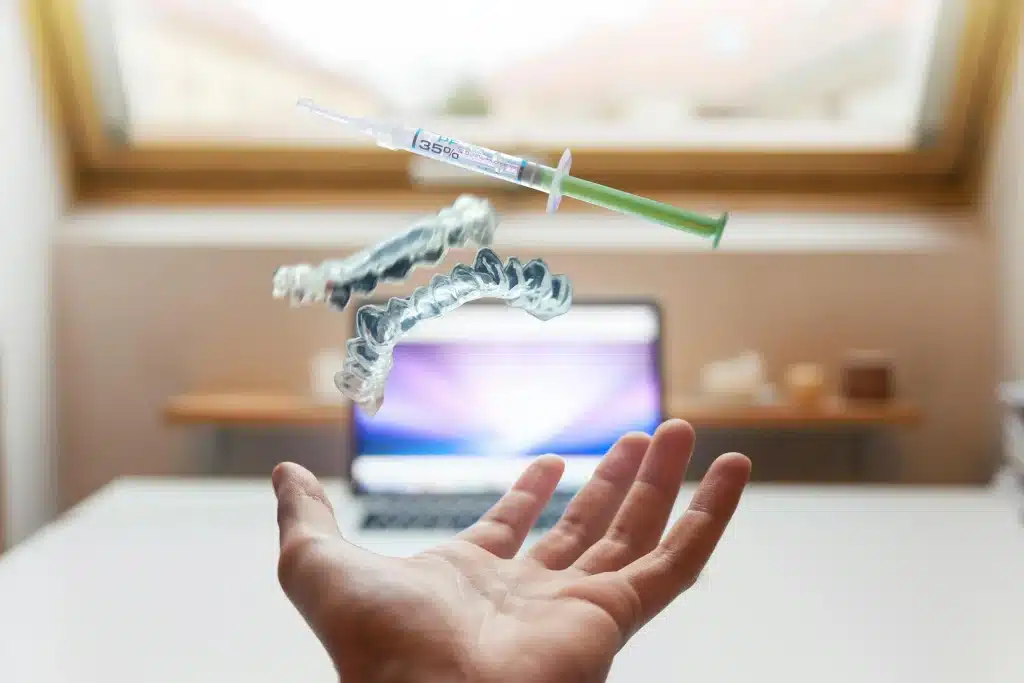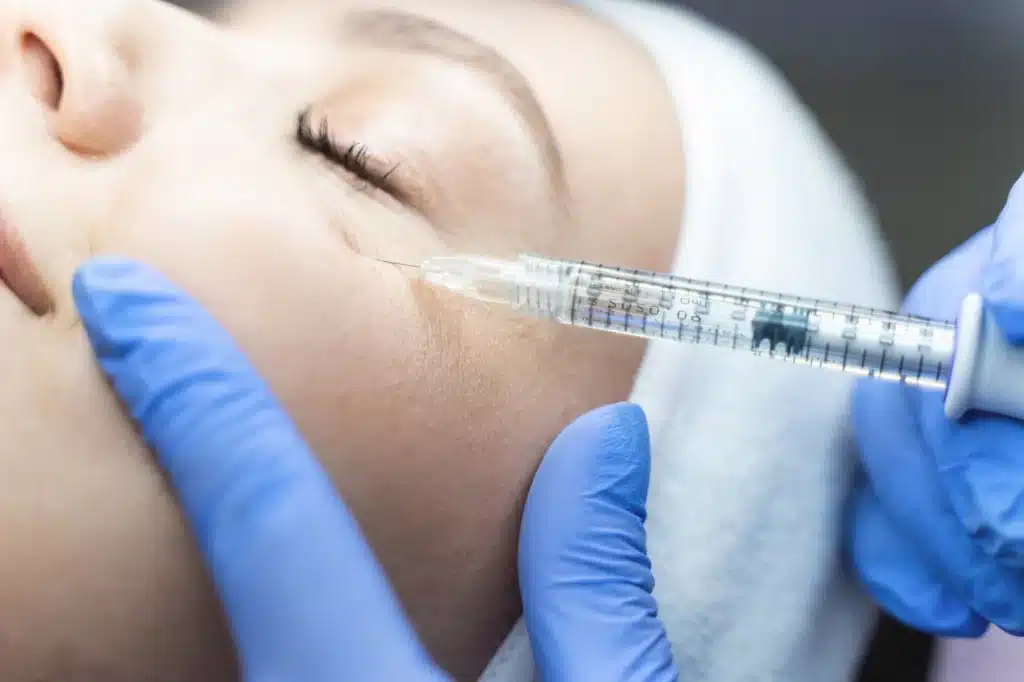Botox is probably best-known as a cosmetic treatment, but did you know that Botox has many other medical uses, too? Here, we take a look at the different applications Botox can be used in as both a cosmetic and therapeutic treatment.
Botox can be thought of as a neuromodulatorit has an effect on nerves. More specifically, its acts on the neuromuscular junctionthe meeting point between a muscle fiber and a nerve endingto block communication from the nerve cell to the muscle fiber.
When Botox is injected into muscle tissue this by binding to the nerve endings located within the site of injection and blocking the action of a protein involved in the release of the neurotransmitter acetylcholine. As the muscle stops receiving signals from the nerves, it stop contracting and relaxes. This effect that Botox exerts is relatively long-lasting, but will eventually wear off.
How do Botox Cosmetic and Botox Therapeutic differ from one another?
In a nutshell: they don’t! The products are exactly identical in terms of composition, dosage and preparation. The only difference is in the labelling, and the indications they are approved for by the US FDA. Botox Cosmetic is FDA-approved to be used to soften frown lines, forehead lines, and crow’s feet. On the other hand, Botox Therapeutic is approved for the treatment of some types of neuromuscular movement disorders (such as cervical dystonia and focal spasticity), bladder dysfunction (including overactive bladder and urinary incontinence due to neurologic condition), eye muscle problems (such as strabismus and blepharospasm), chronic migraine, and severe underarm sweating.
Can I use both Botox Cosmetic or Botox Therapeutic?
For both Botox Cosmetic and Botox Therapeutic, patients should not receive treatment if they are allergic to any of its ingredients or have had an allergic reaction to any other botulinum toxin product such as Dysport or Xeomin. As sterility of the procedure is important to maintain, patients who have a skin infection at the proposed injection site should not be treated, instead the procedure should be delayed until the infection has cleared up.
Patients with bladder dysfunction should be excluded from Botox treatment for their bladder symptoms if they have a urinary tract infection (UTI) or cannot empty their bladder on their own and are not routinely catheterizing. As Botox treatment for this indication carries the risk of urinary retention (not being able to empty the bladder), only patients who can and are willing to initiate catheterization after treatment, if needed, should be considered for treatment.
Botox Cosmetic indications and techniques
- Forehead lines: For the treatment of horizontal lines across the forehead, Botox Cosmetic is injected into five sites spread across the frontalis muscle
- Crow’s feet: To diminish the look of crow’s feet lines, Botox Cosmetic is injected into three sites across the lateral orbicularis oculi muscle, on each side for a total of six injection sites.
- Frown lines: Botox Cosmetic softens frown lines by injection into five sites in the corrugator and procerus muscles.
Botox Therapeutic indications and techniques
- Blepharospasm: Botox Therapeutic can treat eyelid spasms that result in uncontrolled narrowing or closing of the eyelid or involuntary blinking. To treat this condition, Botox Therapeutic is injected into three sites: the lateral pre-tarsal orbicularis oculi of the lower lid, and the lateral and medial pretarsal orbicularis oculi of the upper lid.
- Cervical Dystonia: A painful movement disorder in which spasms of the muscles of the neck cause involuntary movement such as turning, tilting or pulling, or prolonged abnormal head position. Botox Therapeutic is injected into the neck muscles involved in causing the dystonia to stop them from contracting.
- Chronic Migraine: Botox Therapeutic can be used as preventive treatment for chronic migraine, which is defined as having headaches lasting at least four hours for more than 15 days in a month. The treatment regimen consists of initial therapy of two treatments done 12 weeks apart, followed by one treatment every 12 weeks continuously. At each injection session, 31 injections of Botox Therapeutic are given, spread across seven muscles in the head and neck.
- Focal Spasticity: Focal spasticity is a neuromuscular disease in which some muscles in the body become stiff or tight due to uncontrollable muscle contractions. Botox Therapeutic can be injected into the affected muscles to relieve spasticity of the toe, thumb, wrist, finger, ankle, and elbow.
- Bladder Dysfunction: Botox Therapeutic is approved to treat overactive bladder symptoms (including bladder leakage, frequent urination, and strong sudden urge to urinate) and to treat urinary incontinence in individuals with a neurologic disease such as Parkinson’s disease or stroke. Botox Therapeutic can be used for treatment of these disorders if the patient has not responded to or is unable to take anticholinergic medication. Small doses of Botox Therapeutic is injected into the muscle lining the bladder wall (detrusor muscle) in a grid-like pattern, through a cystoscope.
Summary and conclusion
Botox Cosmetic and Botox Therapeutic are identical products. They only differ in the indications they are approved for. Botox Cosmetic is indicated to treat wrinkles in the upper face, while Botox Therapeutic is used for the treatment of a variety of conditions that include excessive sweating, chronic headaches, and neuromuscular and movement disorders affecting the eye, bladder, head and neck, as well as upper and lower limbs. This showcases the versatility of the product.





